
Sydney New Years Eve
31 December 2025
Front-row seats to the world's most iconic fireworks display with uninterrupted Sydney Harbour Bridge views.
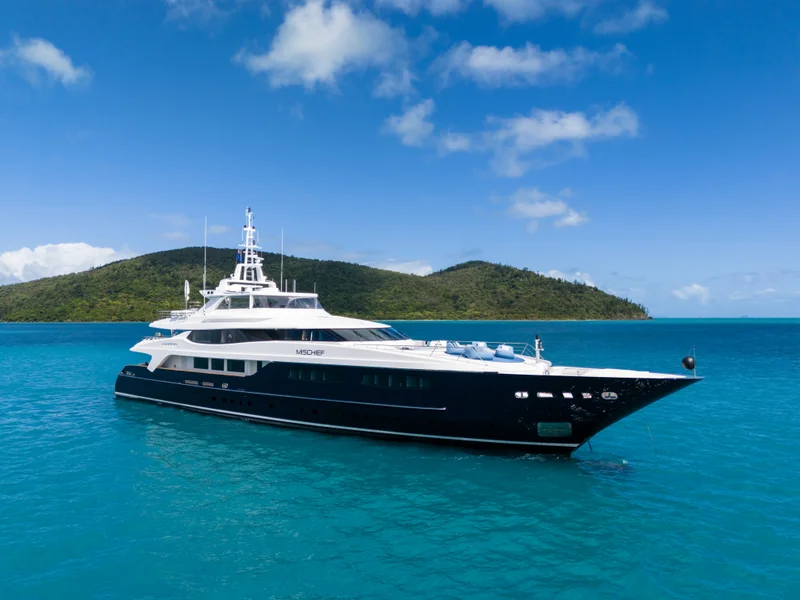
Consider this your go-to calendar for the world's most compelling yachting moments. We've curated every event for impact: whether you're hosting clients, celebrating with family, or chasing bucket-list spectacles.
Each experience includes a bespoke charter plan, from berths and tenders to entertainment, cuisine, and post-event recovery sessions. Browse what's coming up first, then tap through for detailed inspiration.
Discover our featured events and experiences ready to lock in. Tap to explore the full itinerary, styling inspiration, and charter ideas.

31 December 2025
Front-row seats to the world's most iconic fireworks display with uninterrupted Sydney Harbour Bridge views.
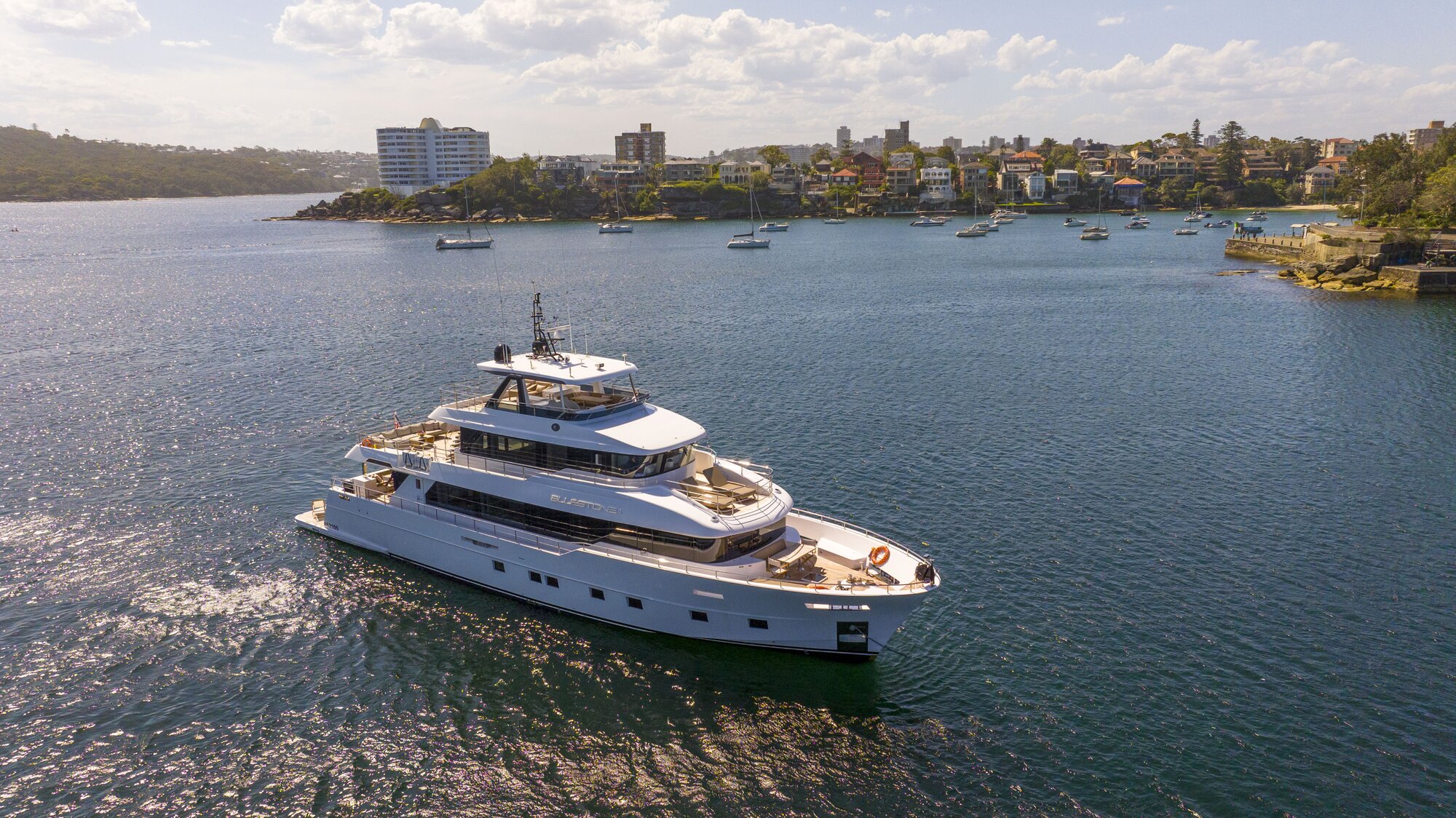
26 December 2025
Celebrate Australia's festive tradition with a luxury yacht experience. Enjoy the Sydney to Hobart race start or relax on the harbour.
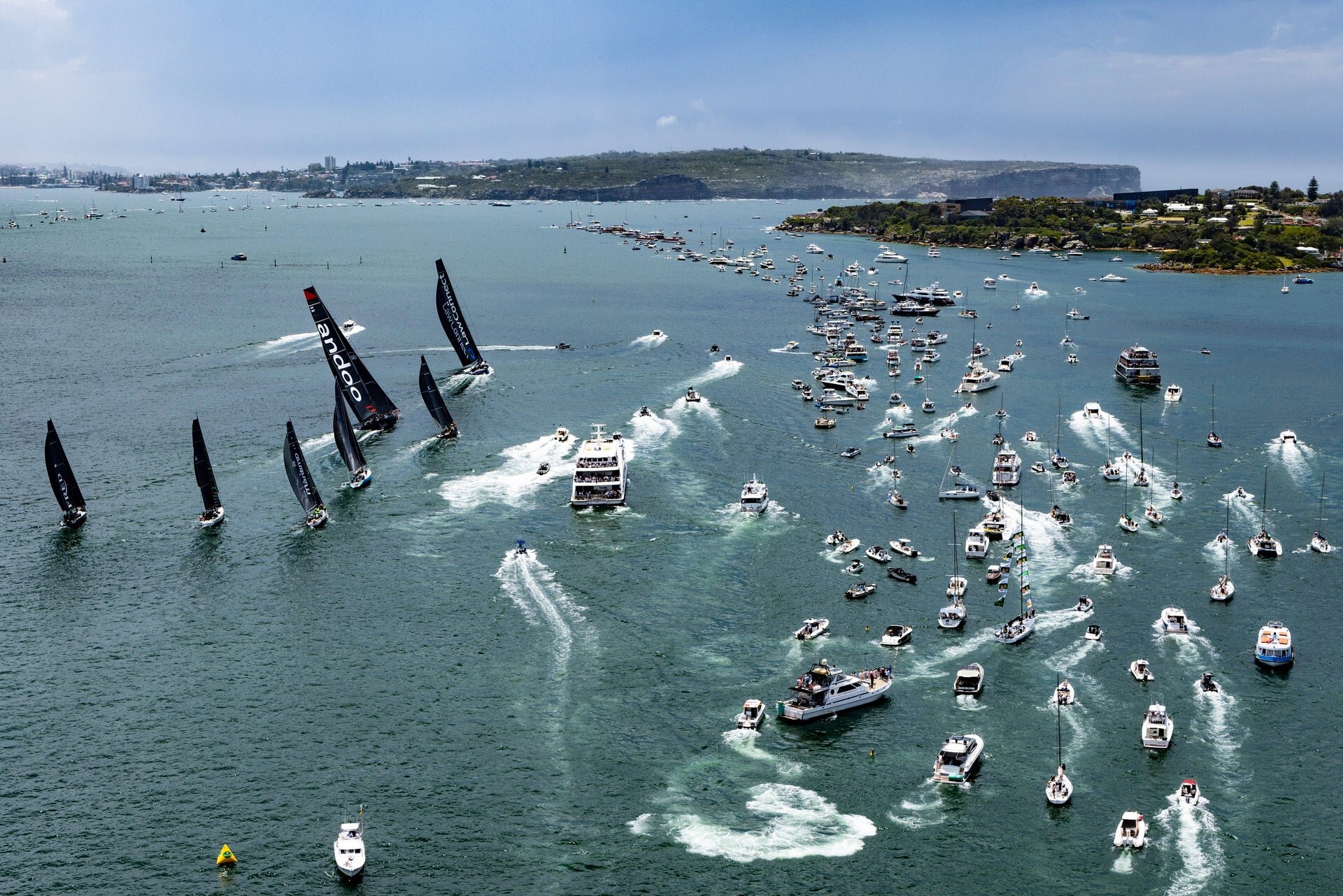
26 December 2025 - Boxing Day Race Start
Chase the thrill of Australia's most prestigious ocean race from the perfect vantage point - the water!
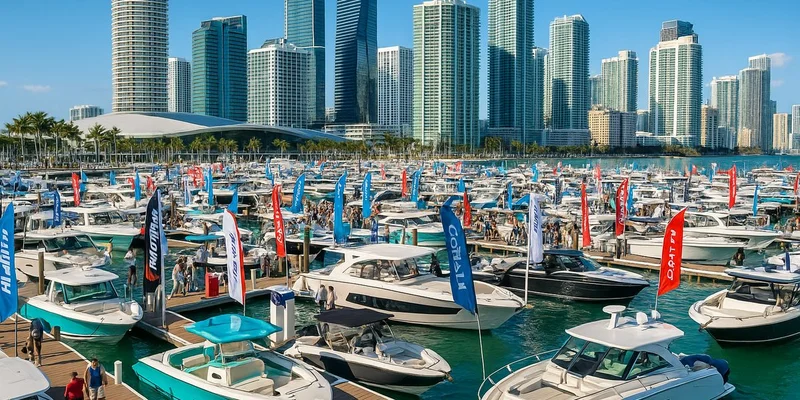
12 February – 16 February 2026
Explore the world's most prestigious marine exhibition featuring the finest luxury yachts and superyachts in Miami Beach.
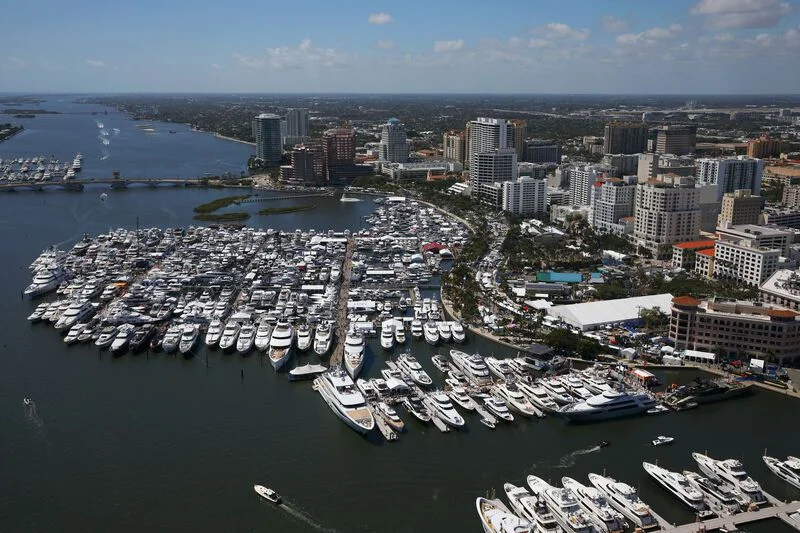
19 March – 23 March 2026
Explore America's premier boat show with over $1.2 billion in yachts and vessels showcased along Flagler Drive in West Palm Beach.

5 March – 8 March 2026
Experience F1 season opener from Australia's largest superyacht with private events, exclusive afterparty, and championship celebration.
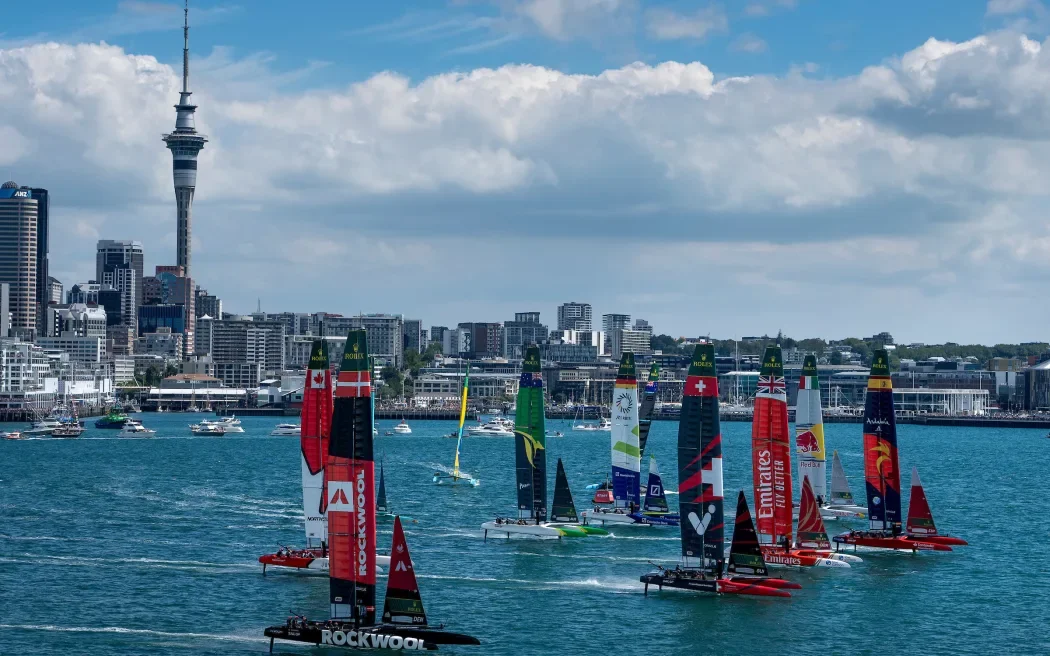
14 – 15 February 2026
Watch the Black Foils race on Waitematā Harbour from your private luxury yacht with front-row views of the action.
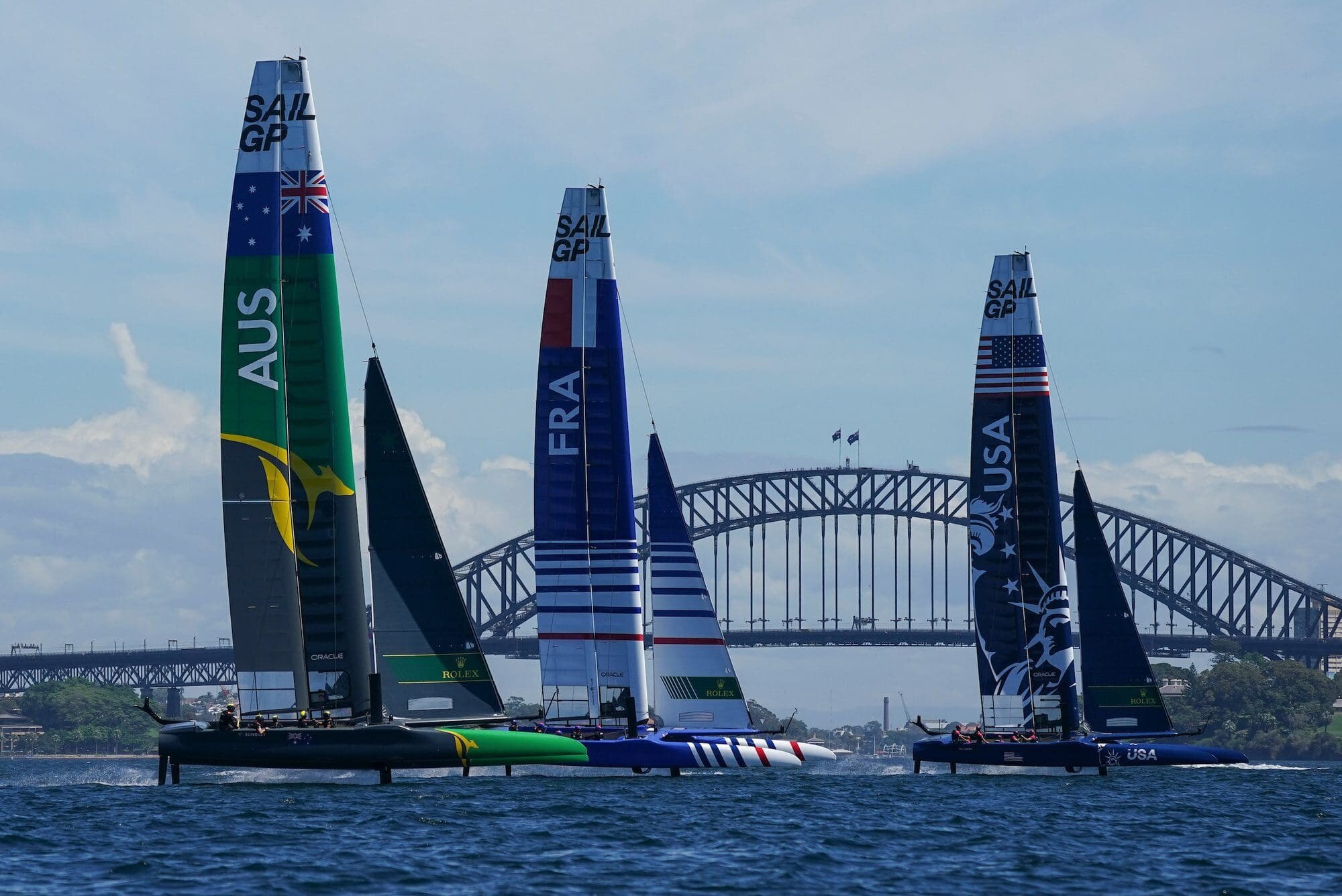
28 February – 1 March 2026
Watch the world's fastest sailing on Sydney Harbour from your private luxury yacht with front-row views of the action.
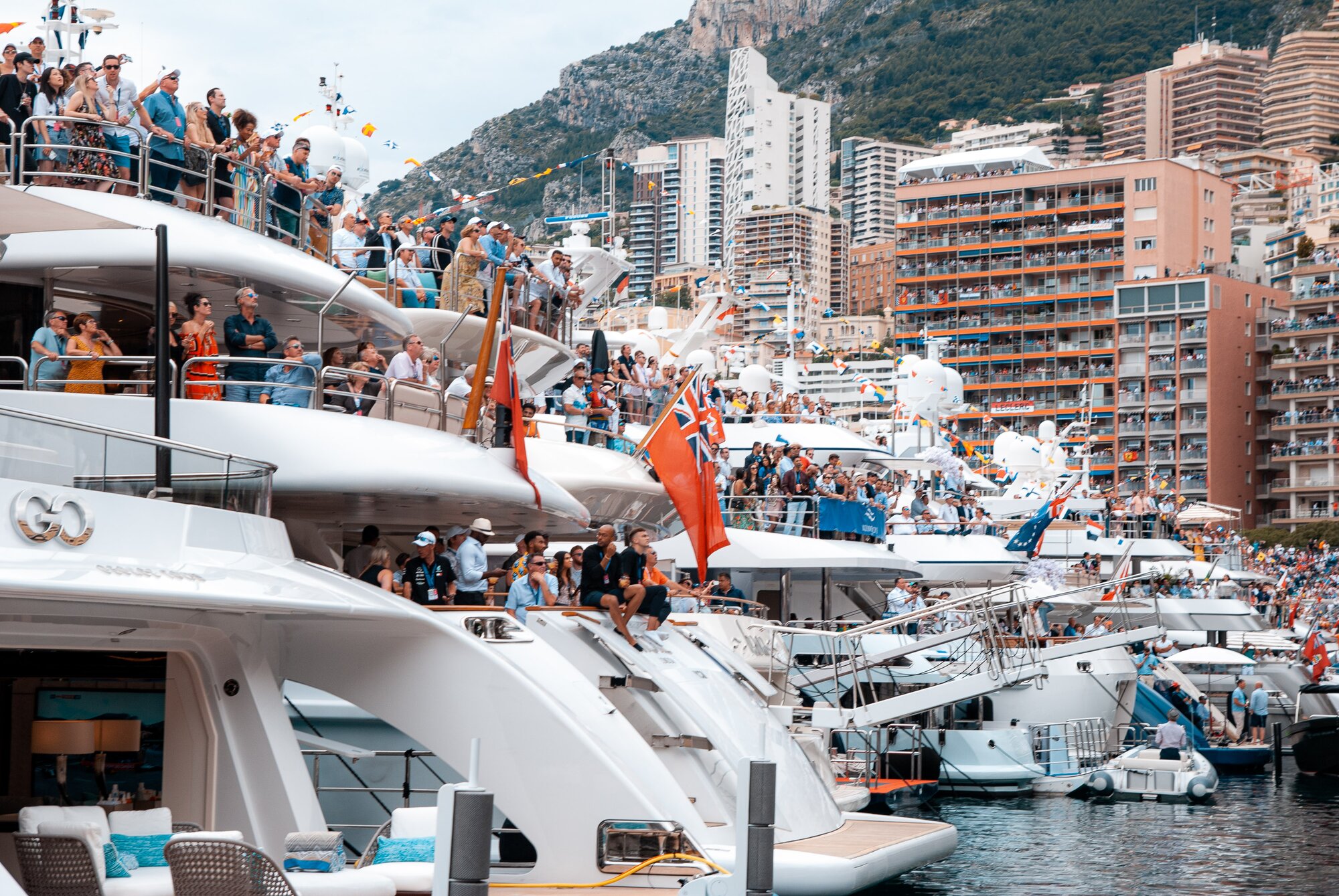
6 June - 7 June 2026
Watch the world's most prestigious race from your private yacht berth metres from the chicane with trackside glamour and legendary after-parties.
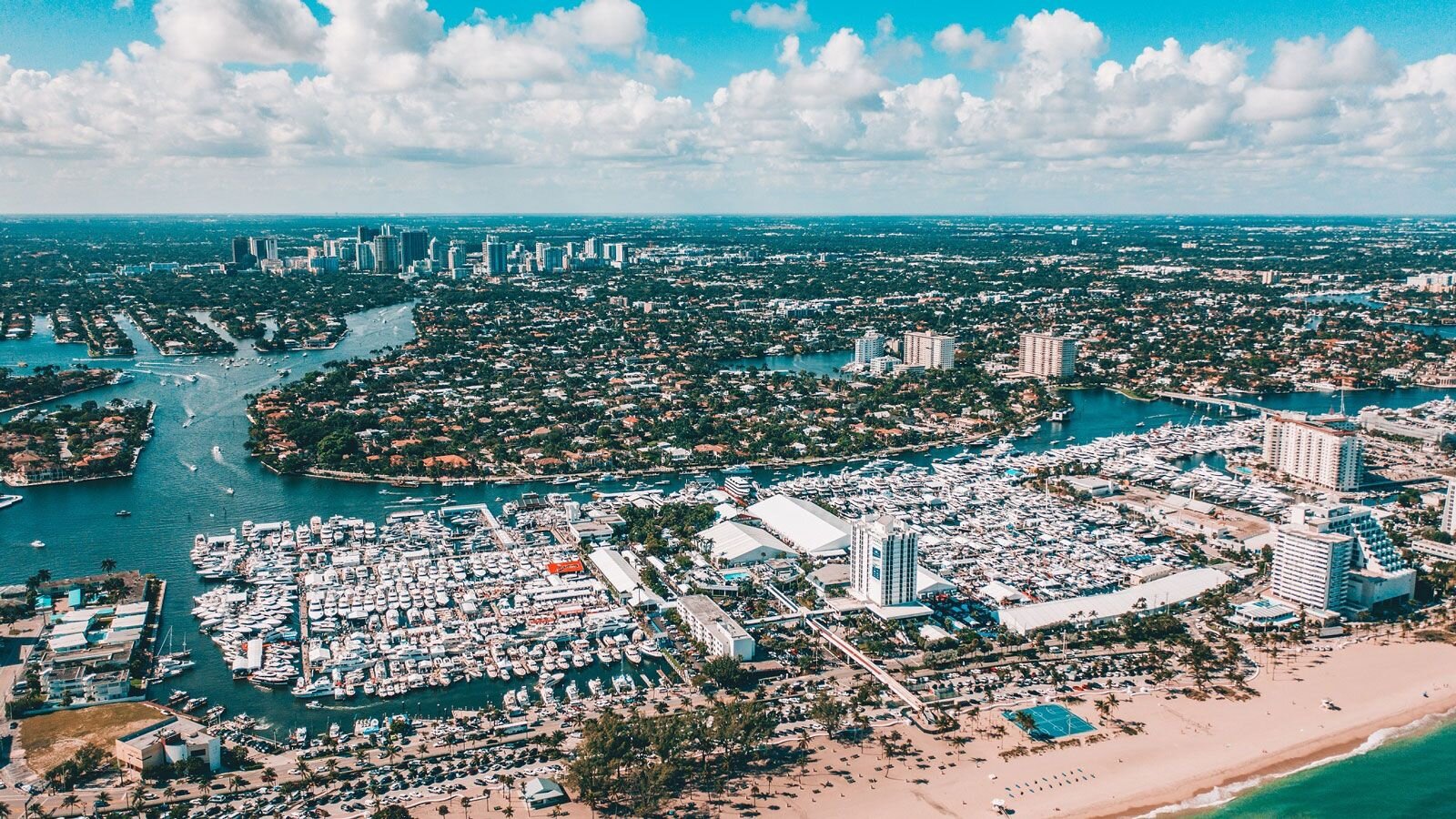
30 October – 3 November 2025
Step into the world's largest in-water boat show with private access to superyacht premieres and design debuts.
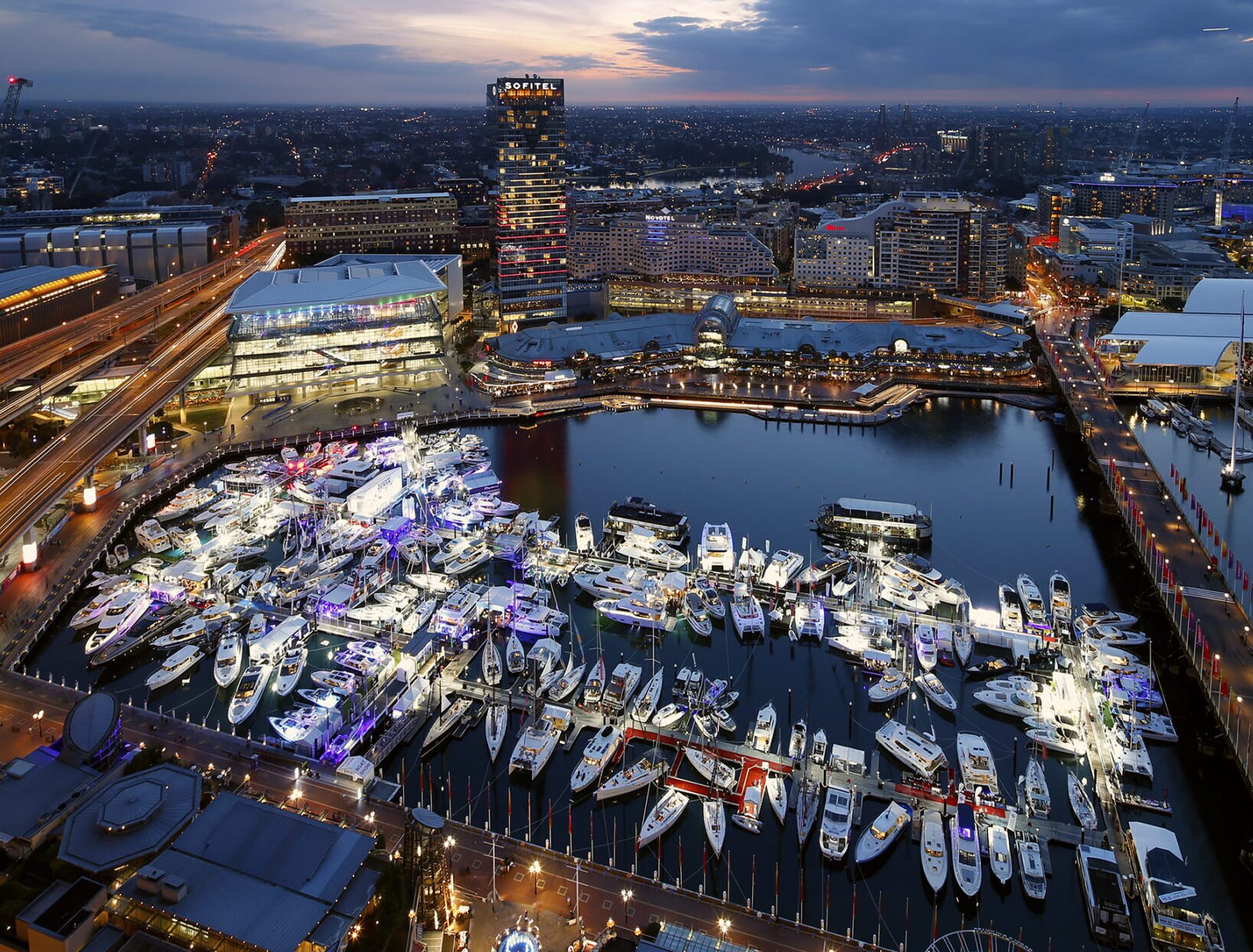
13 November – 16 November 2025
Experience Australia's premier luxury boat show in iconic Darling Harbour with world-class superyachts and marine innovations.
We unlock berths, show passes, and sold-out event vantage points so your guests are always in the heart of the action.
From chef-paired menus to sommelier-led bars, every charter is styled to match the moment and your guest list.
Dedicated concierge, logistics, and crew coordination mean all you need to do is step onboard and celebrate.
Our concierge team will align the perfect yacht, crew, and event access in one seamless plan: whether it's a race day, festival, or seasonal escape.